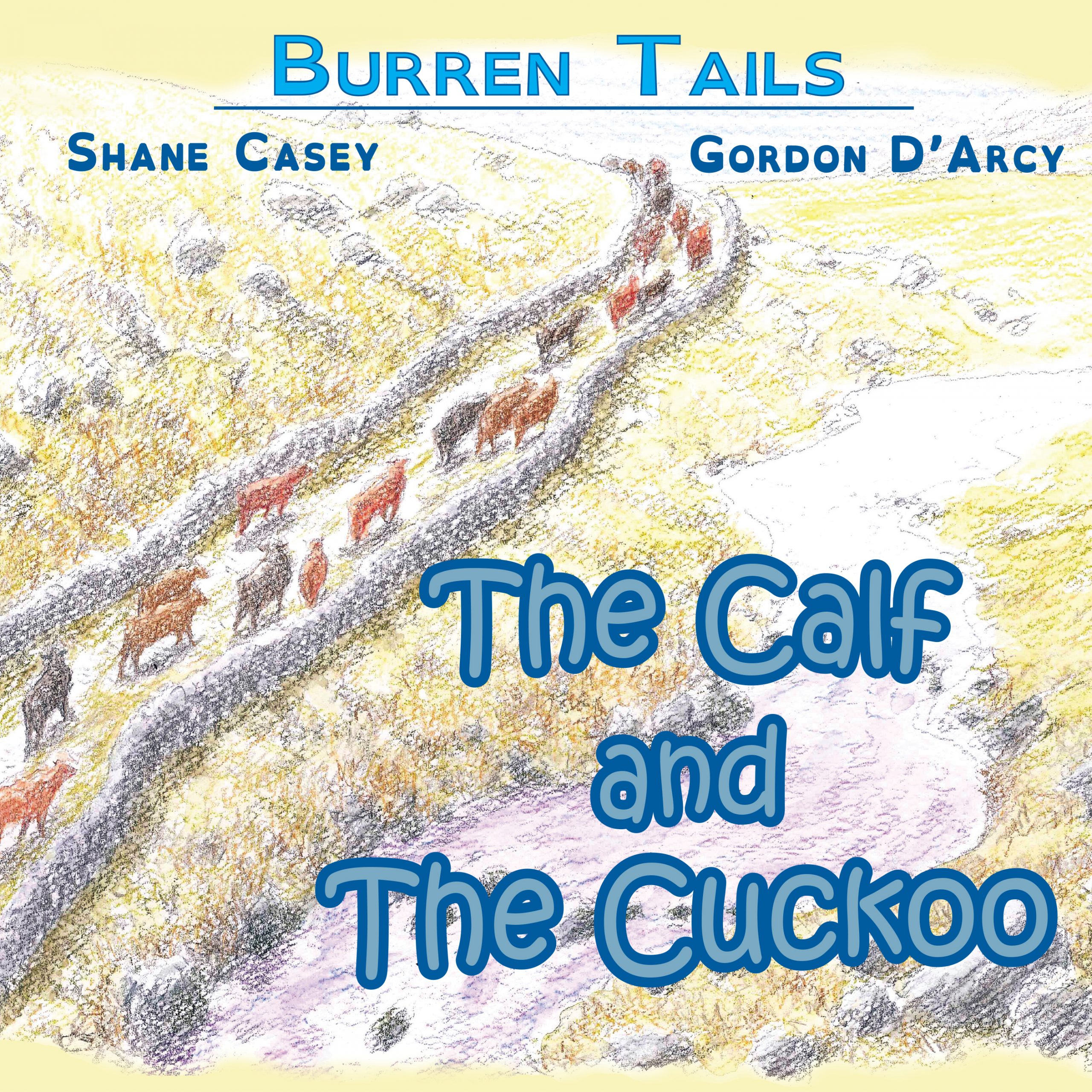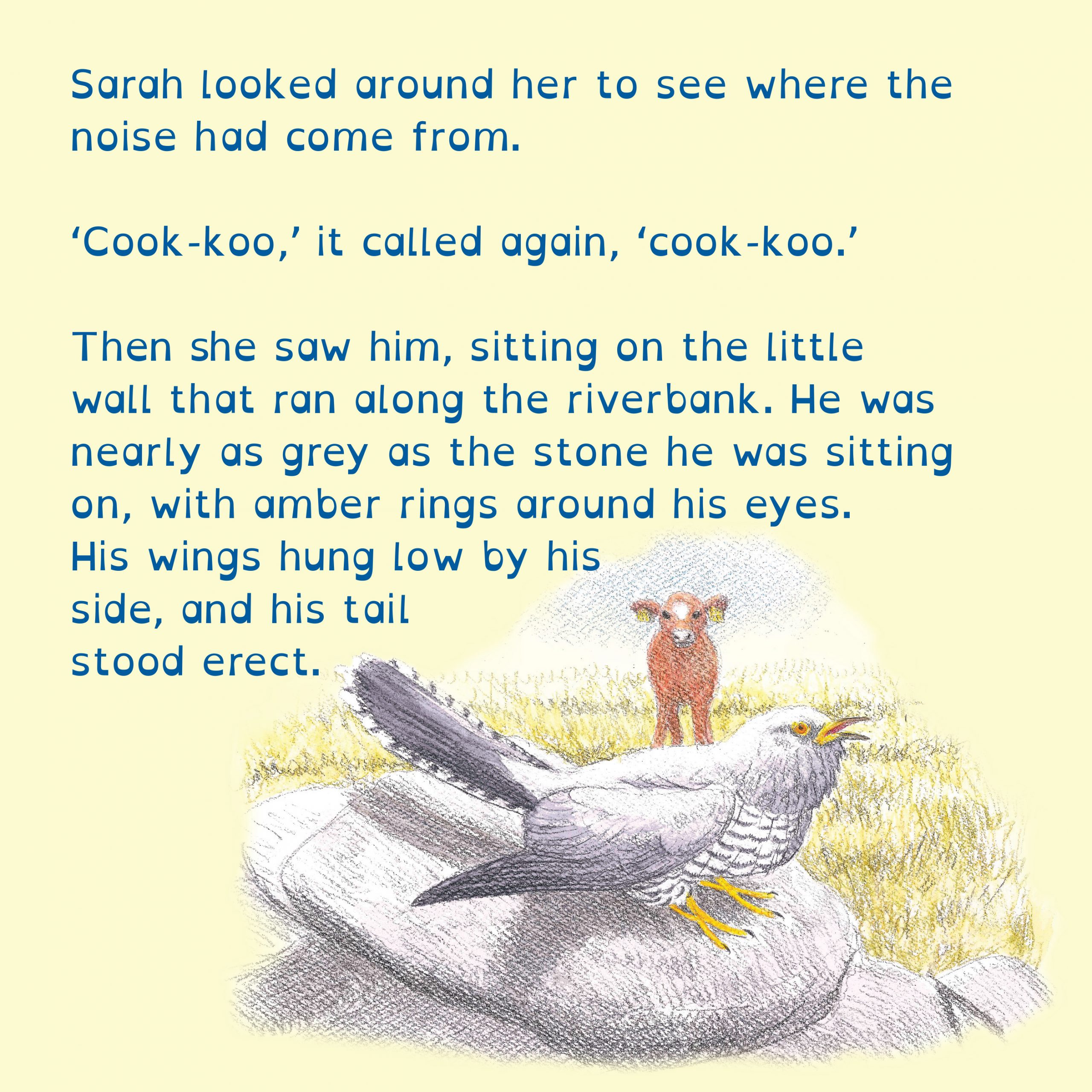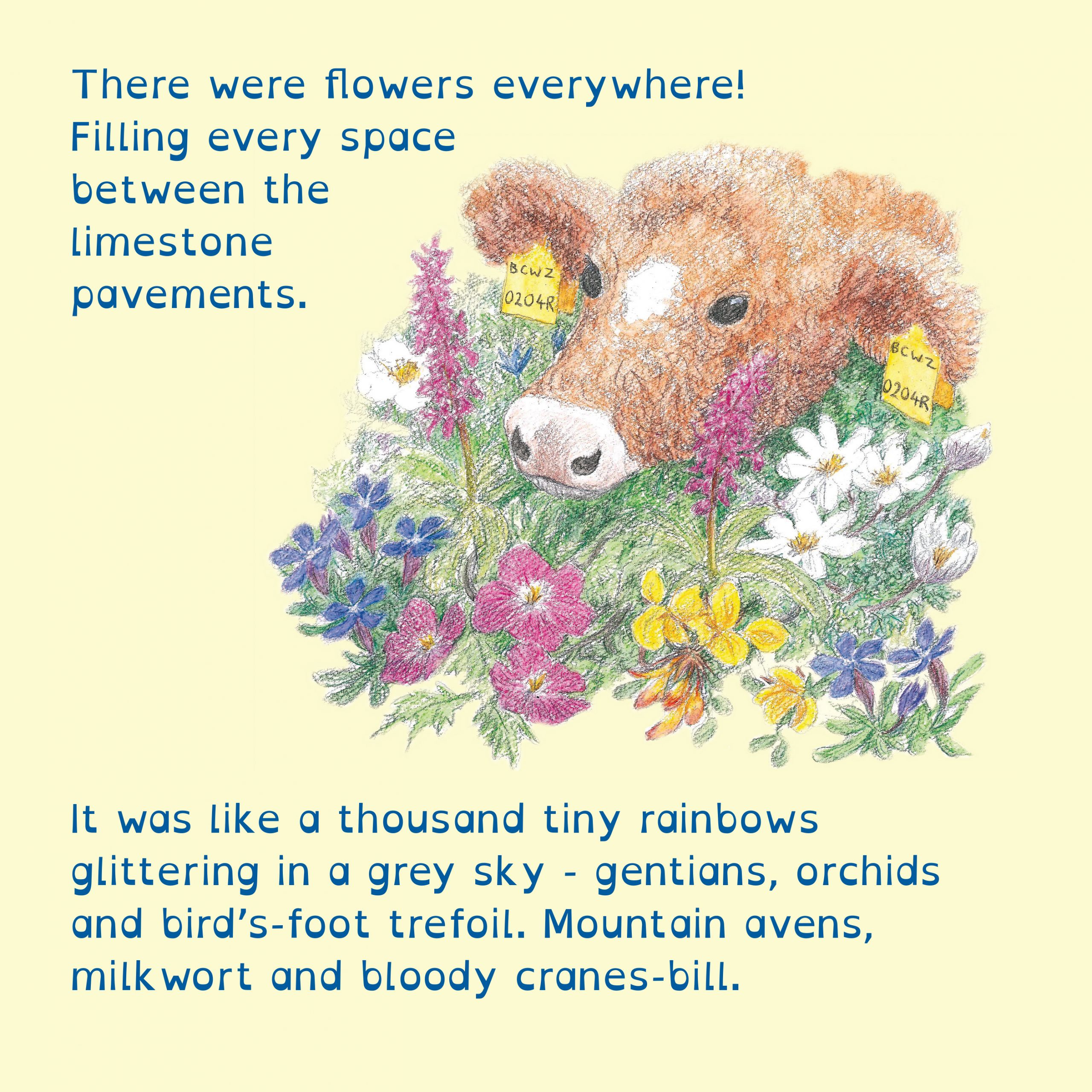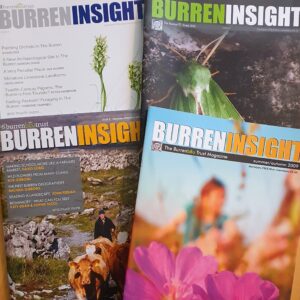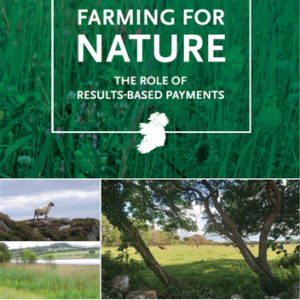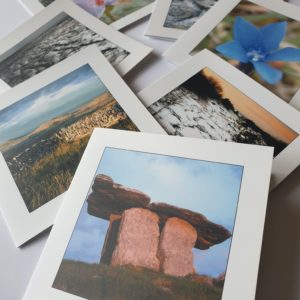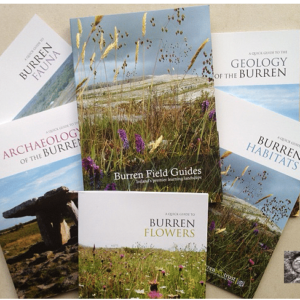Description
About the Book:
Author Shane Casey grew up on his family’s farm in Fanore, Co.Clare and it is here that the story is set, between Blackhead mountain and the Caher valley.
The story begins at Blackhead, when Sarah, a young shorthorn calf, is born. Shortly after, she moves across to the Caher Valley where she has a chance encounter with a cuckoo. The cuckoo, Colin, has come all the way from Southern Africa to see the Burren flowers at Blackhead. But Sarah has never heard of them! How could it be possible that she has never seen or heard of the one thing the Burren is most famous for – its flowers.
Shane is the author of four other children’s books about Irish wildlife, but says his inspiration was a bit different for this one.
‘Sarah’s farmer plays a secondary character in the story,’ says Shane, ‘but we find out in the end that his role is the most important for safeguarding the Burren as we know it. His way of life is shared by farmers across the Burren, including my own family. And there are parts of the story that many farmers will relate to, that maybe others have never experienced, such as the sweet smell when you open up a good bale of hay.’
‘Being out on the Burren in the early hours of a spring morning, when there’s a full moon, to look after a cow calving is something that very few outside the farming community have experienced. Or the satisfaction that comes when opening the gate to let cattle into fresh grass. Or finding the first gentian of the year, or hearing the first call of the cuckoo, and knowing the winter is behind you, and hoping for a good summer ahead.’
There is something else that makes the book stand out. The design and layout of the book makes it dyslexia-friendly. A combination of special dyslexia font, colour schemes, and layout to make it easier for children with dyslexia to read.
What makes the books dyslexia friendly:
We use five simple techniques in our books to make them more accessible for dyslexic readers. While they may not work in every case, we have received a very positive response from parents, teachers, and children with dyslexia.
- We use a special font called OpenDyslexic font. This is currently free to download at http://dyslexicfonts.com
- We avoid black text on a white background. Instead we use dark blue text on a cream background.
- We use only single spacing after all punctuation marks.
- We avoid beginning the first word of a new sentence on the previous line.
- We avoid justifying the paragraph format.
If you are interested in sponsoring this book for your local primary school/s, we will offer them at whole sale price. Please email us at [email protected]
